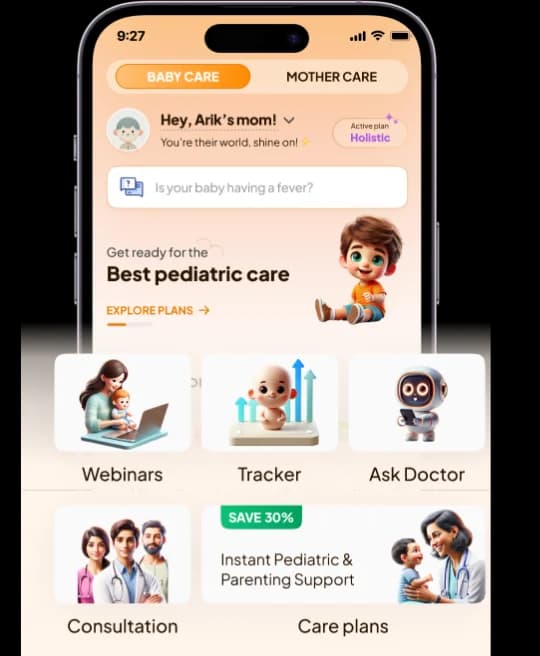Understanding Your Child's "Histamine Bucket"
Think of your child's body as having a bucket for histamine. Histamine is a natural, necessary chemical. It helps run the immune system, regulate stomach acid, and works as a neurotransmitter. It's not the "enemy."
This bucket is constantly being "filled" from three main "taps":
- Your child's own body: Mast cells release histamine to fight allergies or infections.
- High-Histamine Foods: Foods that contain high levels of histamine.
- Histamine-Liberating Foods: Foods that trigger your child's body to release its own histamine.
Now, the body has a brilliant "drain" at the bottom of this bucket. This drain is primarily an enzyme called Diamine Oxidase (DAO), which is found in the gut lining. DAO's job is to break down histamine from the food you eat.
When the Bucket Overflows
Symptoms don't appear when the bucket is half-full. They appear when the bucket overflows. This can happen for two reasons:
- The "taps" are filling the bucket too fast (e.g., a diet high in histamine foods).
- The "drain" is clogged or too slow (e.g., low DAO enzyme levels).
When this overflow happens, it's called histamine intolerance. It's not a true allergy, but it can cause allergy-like symptoms:
- Skin issues (hives, eczema, flushing)
- Digestive upset (bloating, diarrhea, tummy pain)
- Respiratory symptoms (runny or stuffy nose, sneezing)
- Even fussiness, sleep disturbances, or hyperactivity
From a "less is more" perspective, our first step isn't to just add more medicine (mopping up the overflow). It's to see if we can gently and scientifically manage the "taps."
Managing the "Taps": Histamine in Fruits & Vegetables
Here is the evidence-based breakdown of the foods you asked about.
1. High-Histamine Foods (Directly fill the bucket)
These fruits and vegetables naturally contain higher levels of histamine.
- Tomatoes (and all tomato products like ketchup)
- Spinach
- Eggplant
- Avocado
- Dried Fruits (like raisins, prunes, apricots)
(Note: The biggest non-vegetable culprits are aged cheeses, fermented foods like sauerkraut, and processed meats.)
2. Histamine-Liberating Foods (Turn on the body's own tap)
These foods are low in histamine themselves, but they can trigger your child's mast cells to release their own histamine, adding to the bucket.
- Citrus Fruits (Oranges, lemons, limes, grapefruit)
- Strawberries
- Bananas
- Pineapple
- Papaya
- Kiwi
- Tomatoes & Spinach (Yes, these two can be a double-whammy)
The Babynama Path: A Proactive, Not Reactive, Plan
Seeing these lists can be overwhelming. The reactive temptation is to cut everything out.
This is not the 'less is more' way.
Needlessly restricting a child's diet can be a form of over-intervention and can lead to nutrient deficiencies. The truly proactive, evidence-based approach is systematic and guided.
- Don't Guess, Test: Before you cut out healthy foods like bananas and tomatoes, let's rule out true allergies. Our empathic pediatricians can help you navigate this.
- A Guided Elimination: If histamine intolerance is suspected, our team can guide you through a temporary, data-driven plan. This involves removing key items for a short period to see if symptoms conclusively improve.
- Find Your Child's Threshold: The goal is not lifelong avoidance. It's to systematically reintroduce foods to find your child's specific tolerance. Maybe they are fine with bananas but not tomatoes. Maybe they can have spinach twice a week, but not every day.
This is about gathering data, not instilling fear. It's about finding the minimal effective dose for your child's unique body.
If you're tired of guessing and want an evidence-based, empathic partner to help you find the root cause, download the Babynama app. You can connect with one of our pediatricians who understands this "less is more" philosophy and can build a personalized, minimalist plan for your child.
